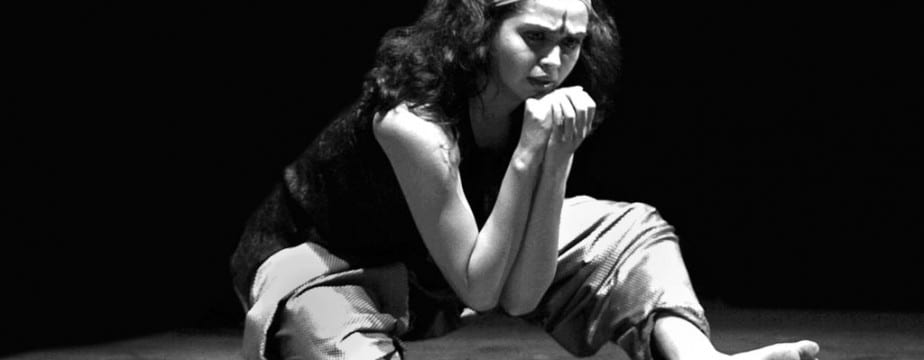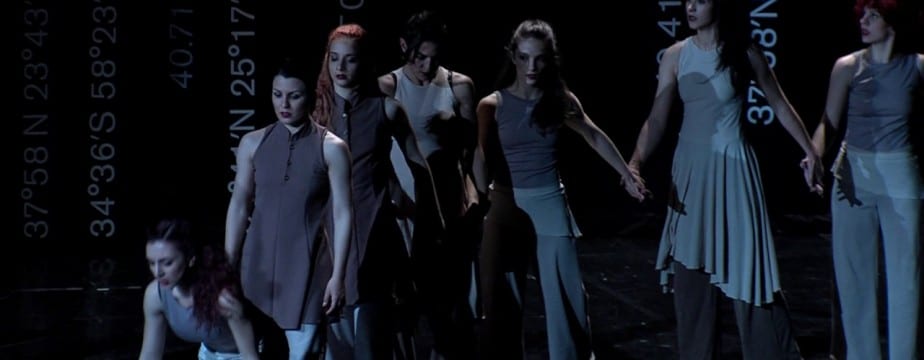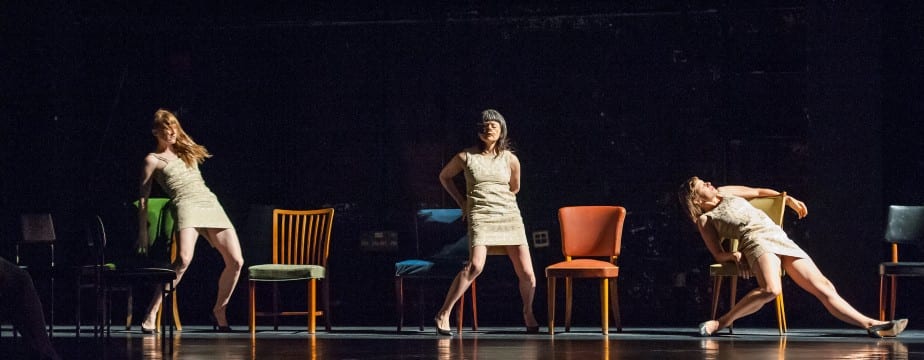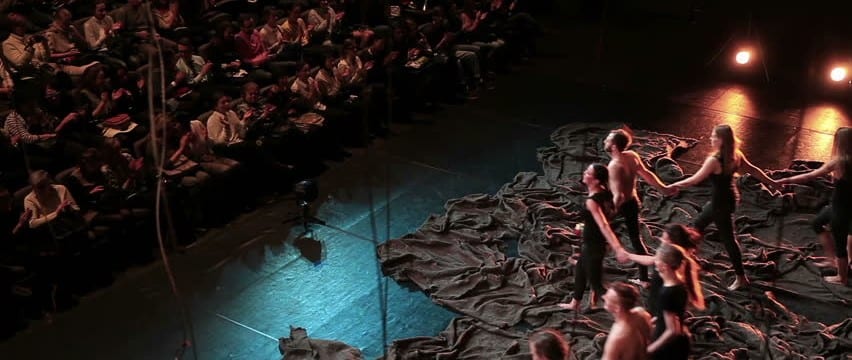- Human subjectivity is not constituted by one single discourse, but by the intersection of many, overlapping discourses… the actor is constructed through not one body, but many (Evans 2009:170)
- All bodies in performance are not just “a” body or “the” body, but are always “some” body.
Pitches, J., and Popat, S. (ed.) (2011) Performance Perspectives: A Critical Introduction. New York: Palgrave Macmillan




